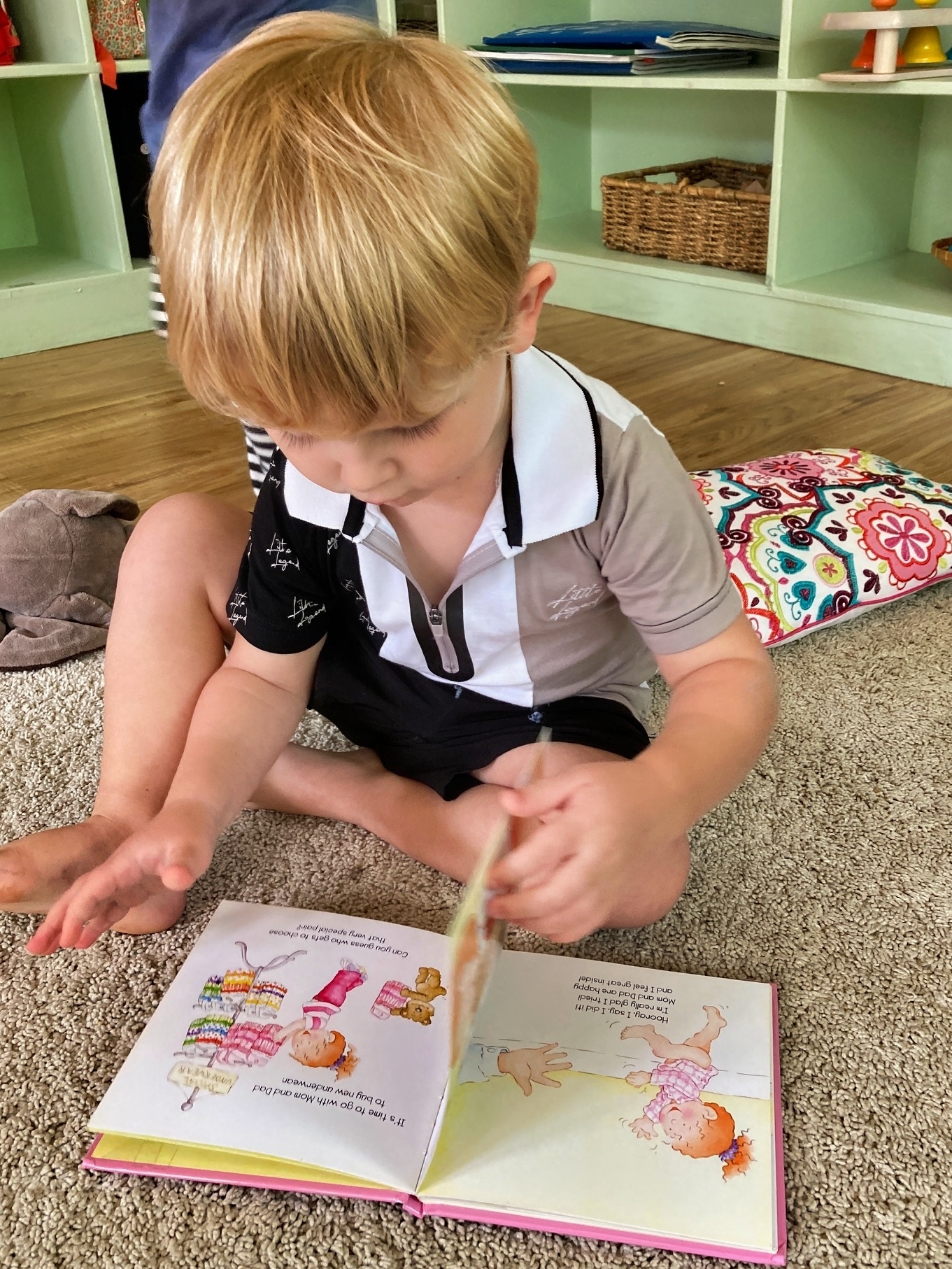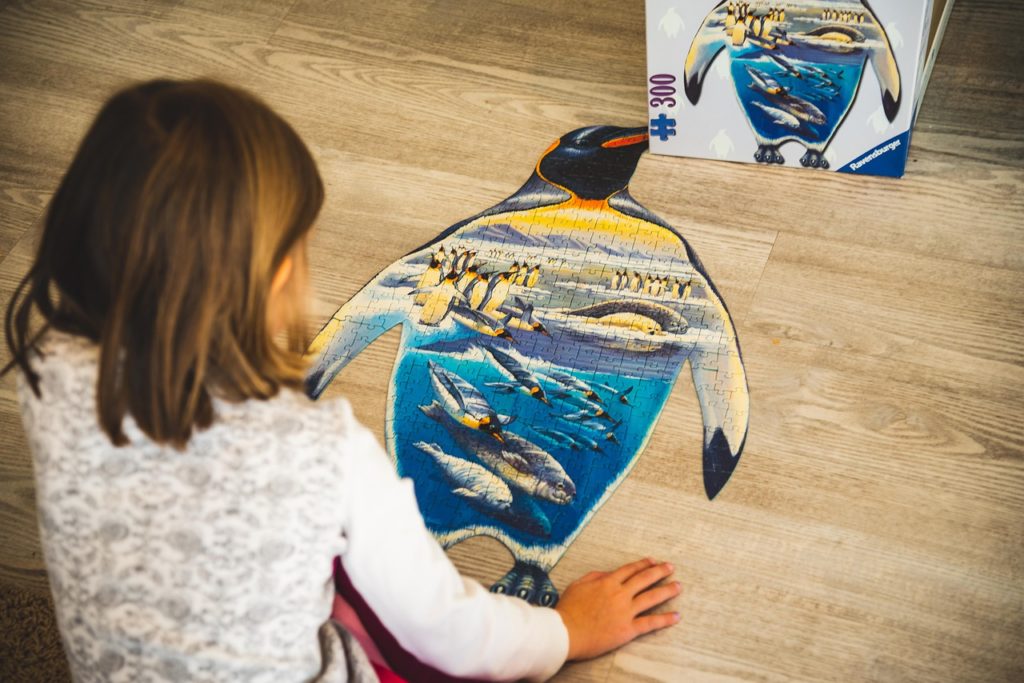Rainy days can turn into a real predicament when the children are home and the boredom blues kick in. There is, however, a plethora of indoor activities that can turn a potentially gloomy day into a fun-filled experience and sometimes you just need to let the kids run riot on rainy days!
One of these engaging and stimulating activities includes a good old-fashioned coloring session.
The beauty of coloring lies in its simplicity. It only requires a few coloring materials and a set of pages with outlines ready to be brought to life with vibrant hues.
These coloring pages can range from animal themes, plant themes, to planet themes.

Journey Into The Animal Kingdom: Animal Coloring Pages
Children have a natural affinity for animals, and what better way to engage them in an indoor activity than to offer them a chance to create their own colorful renditions of their favorite animals?
Animal coloring pages are an excellent way to keep kids busy and help them learn about the diverse species that populate our planet.
Interactive Learning Through Animal Coloring Pages
Children are naturally inquisitive, and their curiosity about the world around them can be channeled into fun learning experiences.
Animal coloring pages offer an interactive method to introduce children to different animal species, their habitats, and distinguishing features.
For instance, while coloring a zebra, children can learn about its black-and-white striped pattern, its herbivorous diet, and its natural habitat in the African savannas.
This hands-on learning experience makes education entertaining and retains children’s interest for longer periods.
Encouraging Creativity With Plant Coloring Pages
Once children have embarked on their journey through the animal kingdom, it is time to introduce them to the enchanting world of plants and there are many ways you can bring the outdoors – inside.
From blossoming flowers to towering trees, plant coloring pages can ignite children’s imagination and foster their artistic abilities.
While children fill in the colors of a sunflower or an oak tree, they are also exposed to the various parts of a plant and their functions.
Coloring a flower, for example, can lead to a discussion about the role of petals in attracting pollinators, thereby linking creativity with knowledge in a seamless blend.
Exploring The Cosmos: Planet Coloring Pages
After venturing through the terrestrial world of animals and plants, children are ready for their next exciting journey—into the cosmos.
Planet coloring pages offer an engaging route to impart knowledge about the solar system and its heavenly bodies.
As children color in the rings of Saturn or the red surface of Mars, they become little astronauts exploring the mysteries of the universe from the comfort of their homes.
Each planet holds a story that can fuel a child’s imagination. For instance, the fiery surface of Venus or the icy rings of Saturn could lead to discussions about the extreme conditions on different planets, the concept of gravity, or the distance between various celestial bodies.
Planet coloring pages thus serve as an educational tool that weaves fun and knowledge into a beautiful tapestry of learning.
The Magic Of Storytelling: Dive Into The World Of Books

While coloring pages open a world of visual stimulation and creativity, books take children on an entirely different but equally enriching journey.
The magic of storytelling, whether it’s through picture books for the little ones or chapter books for older kids, provides a multifaceted platform for learning, imagination, and the development of language skills.
Picture Books: Igniting The Sparks Of Imagination
In the early years, picture books serve as the perfect introductory platform to the wonderous world of reading and developing early reading skills sparks both creativity and imaginations.
With their vibrant illustrations and simple narratives, they draw children into fantastical worlds, sparking their imagination and curiosity.
The process of reading aloud these picture books can also serve as a bonding activity between parents and children, further enhancing the experience.
As you narrate tales of dragons, unicorns, or brave heroes, watch your child’s eyes light up in wonder, their minds enthralled by the magic of storytelling.
Chapter Books: A Leap Into Complex Narratives
As children grow older and their comprehension skills develop, chapter books offer a richer, more layered reading experience.
With more complex narratives, characters, and themes, chapter books can stimulate children’s critical thinking and empathetic understanding.
They can explore stories of adventure, mystery, friendship, and courage that can shape their worldview and values. Series like Harry Potter, Chronicles of Narnia, or Percy Jackson not only entertain but also instill lessons of resilience, camaraderie, and moral courage in young minds.
Non-Fiction Books: Learning About The Real World
Alongside fiction, non-fiction books are an excellent resource to introduce children to real-world concepts and subjects in an engaging way.
From books about space exploration and natural wonders to biographies of significant personalities, non-fiction books offer a vast expanse of knowledge.
These books are also an excellent way to cater to a child’s specific interests, be it dinosaurs, ancient civilizations, or modern technology.
By reading non-fiction, children can supplement what they learn in school, sparking a lifelong passion for learning and discovery.
Building Worlds: Indoor Construction Play

A shift from the two-dimensional realm of coloring pages and books, construction play stimulates children’s spatial intelligence and fine motor skills.
It involves the use of building blocks, puzzle pieces, or DIY craft materials, each offering a different flavor of engagement and creativity. Here’s how these tools can transform a rainy day into a platform of creative construction.
Building Blocks: Foundation Of Spatial Intelligence
Building blocks have been a staple of childhood play for decades. They offer endless possibilities, whether it’s building towering structures, creating imaginary cities, or understanding balance and gravity.
Children can make skyscrapers, bridges, or forts, testing the limits of their imagination.
In this process, they develop spatial intelligence, learn about shapes and symmetry, and understand basic principles of physics. It’s an unplugged activity that fuels creativity and critical thinking in a tangible, hands-on way.
Puzzles: Piecing Together The Bigger Picture
Puzzles are another excellent choice for indoor play. They challenge children to piece together a multitude of fragments into a coherent whole.
Whether it’s a simple 20-piece puzzle for toddlers or a 1000-piece challenge for older kids, puzzles can provide hours of engaging play.
They help children develop patience, concentration, and problem-solving skills.
The joy of placing the final piece and seeing the complete picture offers a sense of accomplishment that boosts children’s self-confidence and perseverance.
DIY Craft Projects: The Joy Of Making
Craft projects are another way to engage kids indoors, offering them the joy of making something with their own hands.
Whether it’s creating paper animals, building a cardboard house, or making bead jewelry, DIY crafts give children a chance to express their creativity in unique ways.
As they manipulate materials, make decisions about design and structure, and troubleshoot problems, they develop fine motor skills and critical thinking abilities.
Moreover, the products of their hard work can serve as mementos of their creativity and resourcefulness.
Closing Remarks
In conclusion, constructive play can turn a rainy day into an opportunity for creative building, problem-solving, and hands-on learning. So, the next time the weather forces you indoors, reach out for those building blocks, puzzles, or craft supplies, and let your child’s creativity unfold.














